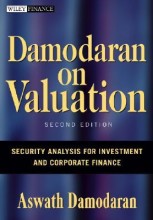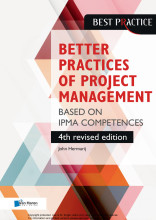Discounted Cash Flow Valuation - Cost of Equity
6 important questions on Discounted Cash Flow Valuation - Cost of Equity
What are the two forms of risk?
Firm-specific risk
Marketrisk
Explain diversification and two reasons why it impacts risk.
Expand your portfolio to include more than 1 asset, you reduce firm-specific risk for two reasons:
1) the effect of one company is smaller on your portfolio
2) companies can go good and bad (average out)
Explain The Consistency Principle in cash flows and risk-free rates.
Value a mexican company in dollars? -> use the U.S. Treasury bond rate as Rf
Valuation done in real terms due unstable inflation? -> Cash flows with real and discount with real.
- Higher grades + faster learning
- Never study anything twice
- 100% sure, 100% understanding
The assumption that a government has no default risk cannot hold in some emerging economies. Name three ways we can deal with it.
1) Look at the largest and safest firms in the economy and at the rate they can borrow. Then use a rate just marginally lower (1% lower is reasonable)
2) Use the long-term dollar-denominated forward contracts on the currency, and then use interest rate parity and the Treasury bond rate to arrive at a riskless local currency rate.
3) Adjust the local currency government rate by the estimated default spread:
Riskless BR rate = Brazil government bond rate - default spread
Default spread depends on rating of the country (Aaa Baa Bbb)
What are the three ways of estimating risk premiums?
1) Survey Premiums
2) Historical Premiums
3) Implied Equity Premiums
Why, when using historical premiums, do premiums differ in research done?
1. The time period used
2. The choice of the security (bonds or bills)
3. Arithmetic (simple mean) or geometric (compounded return)
The question on the page originate from the summary of the following study material:
- A unique study and practice tool
- Never study anything twice again
- Get the grades you hope for
- 100% sure, 100% understanding































